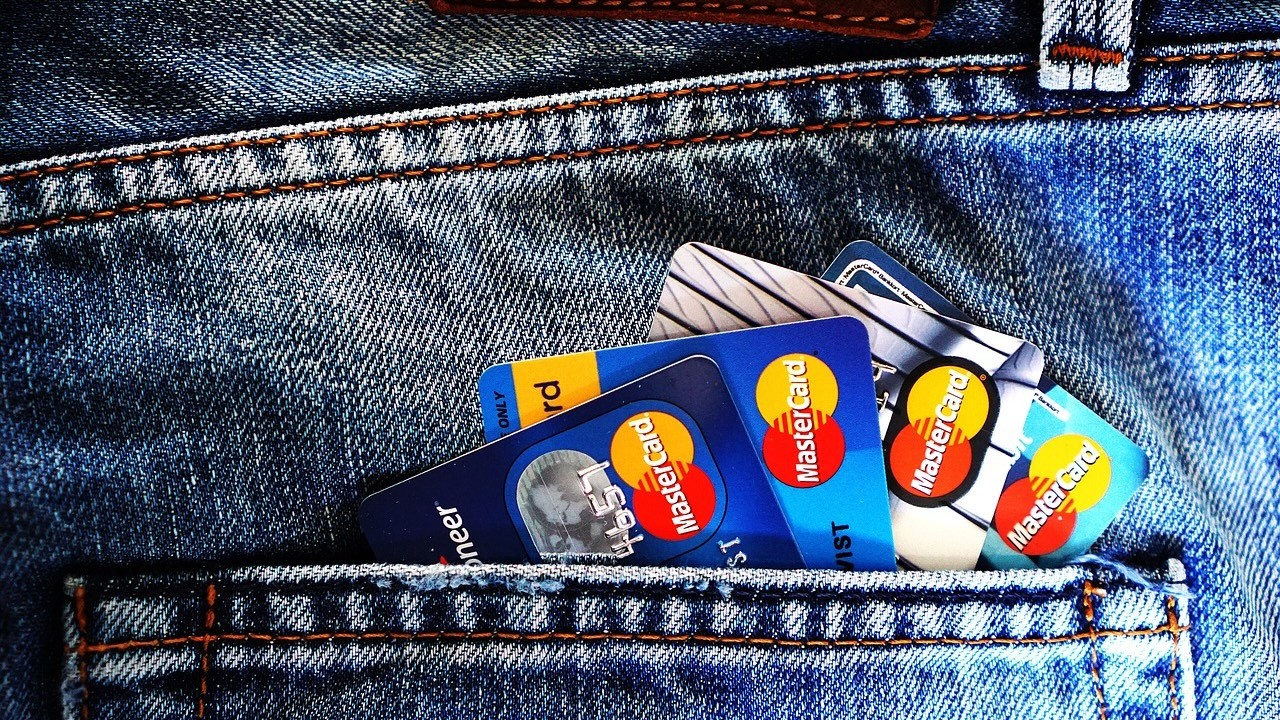(Mike Maharrey, Money Metals News Service) After two months of keeping their credit cards in their wallets, American consumers pulled out the plastic again in October.
A surge in card spending drove consumer debt higher by $19.2 billion, a 4.5 percent increase, according to the most recent data from the Federal Reserve. The increase in debt was nearly double expectations.
It was the biggest jump in consumer debt since July.
American consumers now owe over $5.1 trillion in consumer debt.
The Federal Reserve consumer debt figures include credit card debt, student loans, and auto loans but do not factor in mortgage debt. When you include mortgages, U.S. households are buried under a record level of debt. As of the end of the third quarter, total household debt stood at $17.94 trillion.
A large jump in revolving debt, primarily reflecting credit card balances, drove the overall increase as it surged by $15.7 billion in October, a 13.9 percent increase.
Many economists view increased debt as a bullish sign for the economy. They argue that it reflects consumer confidence. But it could also indicate more people are struggling to make ends meet and are turning to credit cards to close the gap.
As a MarketWatch article put it, consumer spending is “powering” the economy. But this power will only last until people reach their credit card limits.
Credit card spending in August and September seemed to be slowing. The surge in October indicates consumers still have some spending power left.
Either way, consumers buying stuff on credit is not the foundation for long-term economic prosperity. The fundamental problem with running an economy on credit is it’s expensive, and credit cards have an inconvenient thing called a limit.
The double whammy of rising debt and interest rates exacerbates the debt problem. Average credit card interest rates eclipsed the previous record high of 17.87 percent over a year ago. The average annual percentage rate (APR) currently stands at 20.37 percent, with some companies charging rates as high as 28 percent.
Rates aren’t coming down as quickly as one might expect, given the Federal Reserve’s recent rate cuts. According to an ABC News report, while the Fed has dropped the benchmark rate by 75 basis points, credit card companies are charging a higher margin “to weather default risk, cover overhead costs and recoup profits, experts added.”
“Credit card rates are high, and they’re staying high,” Bankrate analyst Ted Rossman told ABC News.
Americans are starting to struggle to pay those big balances
According to New York Fed Q3 data, “Aggregate delinquency rates edged up from the previous quarter, with 3.5 percent of outstanding debt in some stage of delinquency.” It characterized delinquency rates as “elevated.”
Subprime credit card borrowers are struggling the most, with delinquency rates nudging upward by about 5.6 percent since the Federal Reserve began raising rates to battle price inflation.
Citigroup recently noted a shift in spending patterns that seems ominous. More consumers are using credit cards to pay for “basic needs,” with a notable slowdown in “non-vital” purchases.
In other words, people are using credit cards with 28 percent interest rates to pay for groceries.
Non-revolving debt, primarily reflecting outstanding auto loans, student loans, and loans for other big-ticket durable goods, increased by roughly $3 billion, a 1.1 percent increase. This was up from a tepid 0.5 percent rise in September.
Non-revolving debt has increased at a relatively subdued pace of under 2 percent for most of the year as consumers cut back on big-ticket spending to cover the increasing costs of day-to-day necessities. Before the pandemic, revolving credit growth averaged 5 percent.
According to a University of Michigan report, the uptick in non-revolving debt in October could reflect consumers rushing to buy durable goods to get ahead of possible tariffs on overseas goods imposed by the new Trump administration.
As credit card balances max out, more and more Americans are turning to their home equity to fill the gap. HELOC balances increased by $7 billion to reach $387 billion in Q3, representing the tenth consecutive quarterly increase since Q1 2022.
So far, American consumers have weathered the inflation storm, but they did it by blowing through their savings and then by turning to credit cards. At some point, they will have to pay the proverbial piper. This reliance on debt to drag the U.S. economy isn’t sustainable.
Joe Biden, Jerome Powell, and the talking heads on corporate media can brag all they want about the “strong economy,” but Americans have been borrowing to buy it. At some point, they will reach their limit.
Mike Maharrey is a journalist and market analyst for MoneyMetals.com with over a decade of experience in precious metals. He holds a BS in accounting from the University of Kentucky and a BA in journalism from the University of South Florida.

